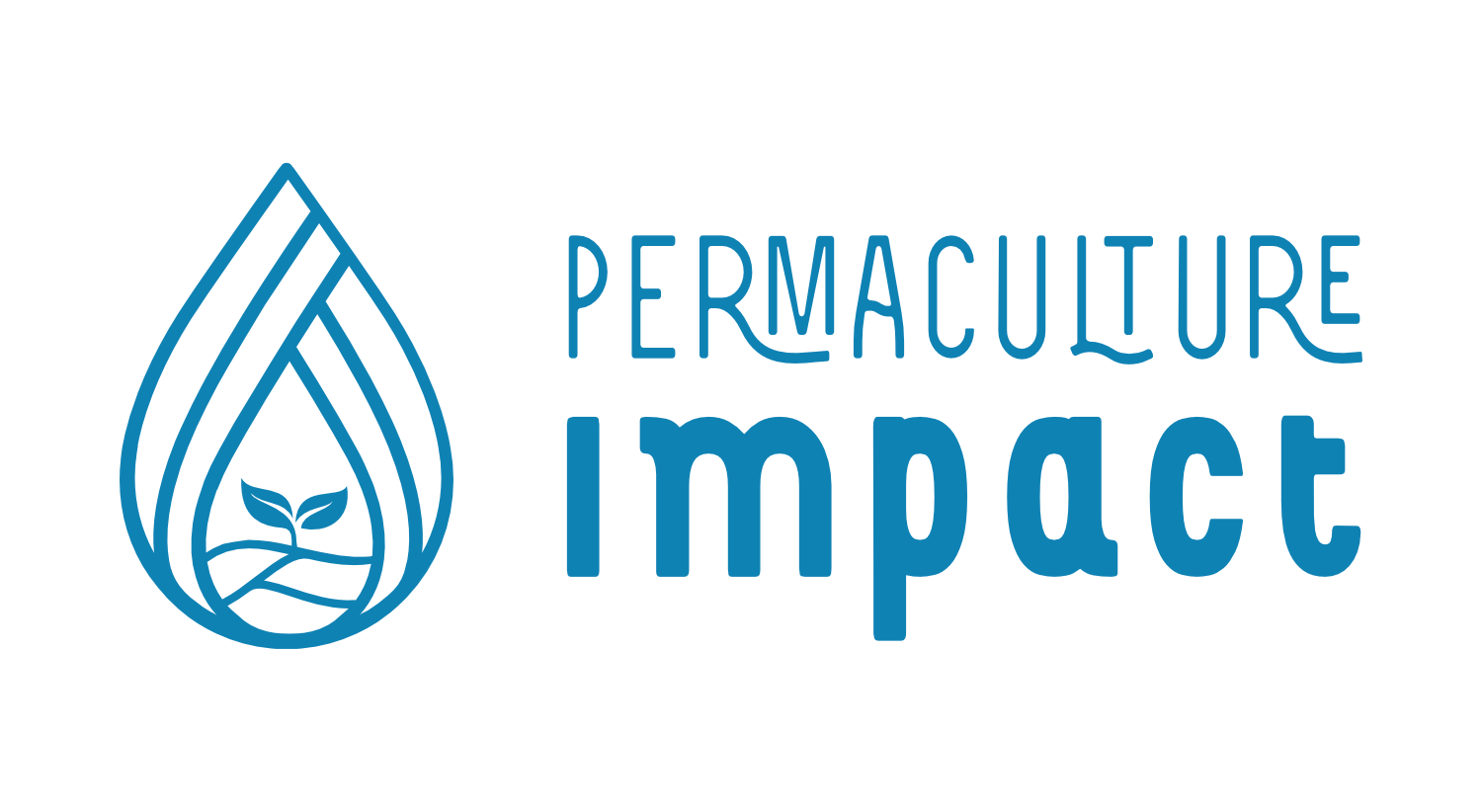Definitions of Restoration and Regeneration
Ecosystem restoration means assisting in the recovery of ecosystems that have been degraded or destroyed, as well as conserving the ecosystems that are still intact. Healthier ecosystems, with richer biodiversity, yield greater benefits such as more fertile soils, bigger yields of timber and fish, and larger stores of greenhouse gases.
Restoring ecosystems large and small protects and improves the livelihoods of people who depend on them. It also helps to regulate disease and reduce the risk of natural disasters. In fact, restoration can help us achieve all of the Sustainable Development Goals.
At its heart is the idea that we as humans can assist the regeneration of nature – we can help reverse damage while perhaps also prioritising the return of the many declining services nature provides humanity. Historically, regeneration has focused on natural processes, either ecosystem recovery without intervention or recovery after deliberate removal of stressors, referred to as “assisted regeneration” or “passive restoration”.
You can watch videos of inspiring examples of ecosystem restoration from Forest gardens in Africa to bringing a river back to life in Pakistan.
Read also:
In permaculture and agroecology, we seek to restore and regenerate, by nurturing a living soil using techniques such as mulching, ground cover planting, selection of plants and guilds (for example to encourage biodiversity, promote nitrogen fixing and soil loosening), water harvesting, use of shade to cool soil, no-dig/no-till, permanent pathways to name a few.
Action Learning 1.3: Reflection Question – Which soil restoration and regeneration techniques is your project using or promoting?
